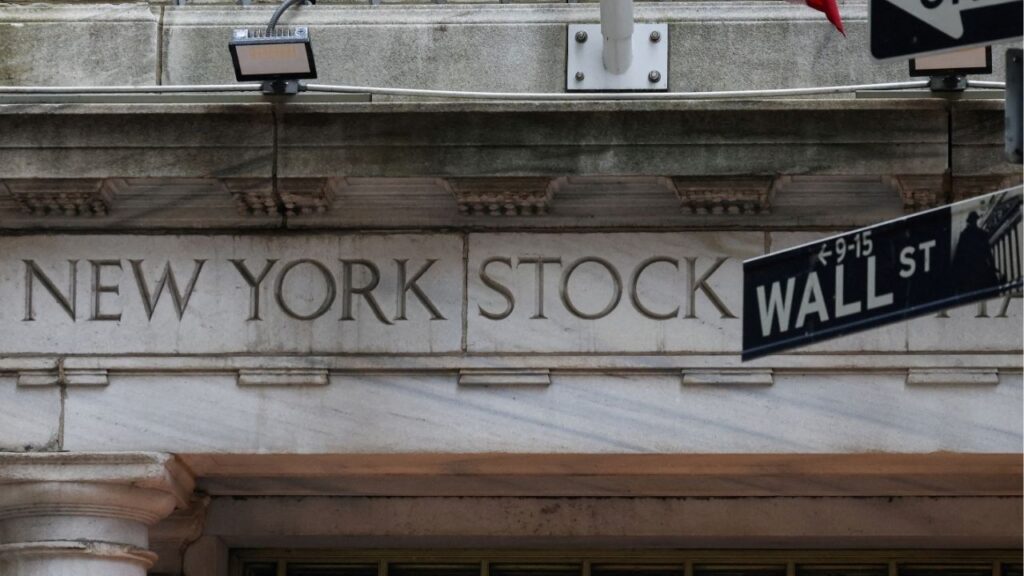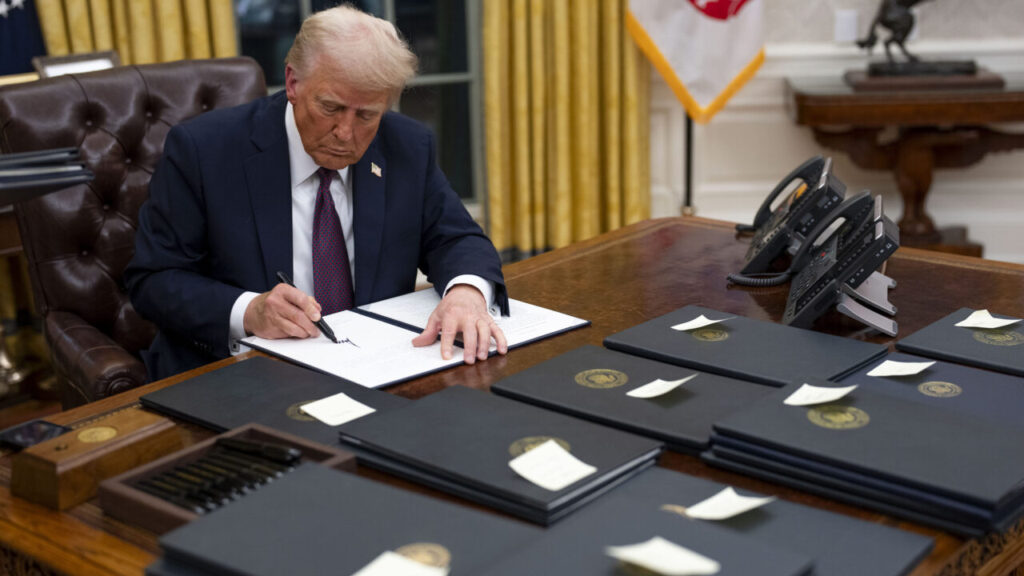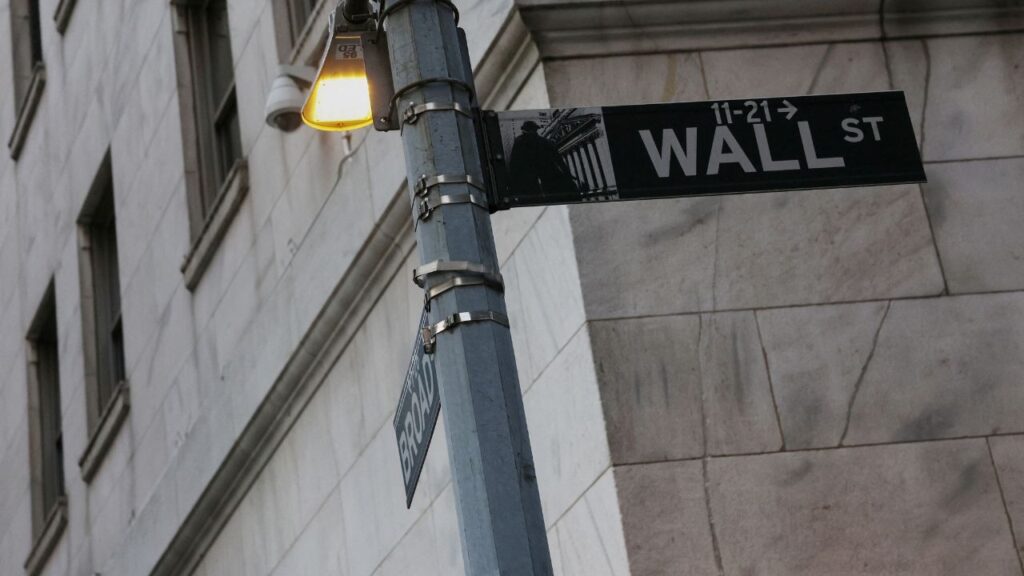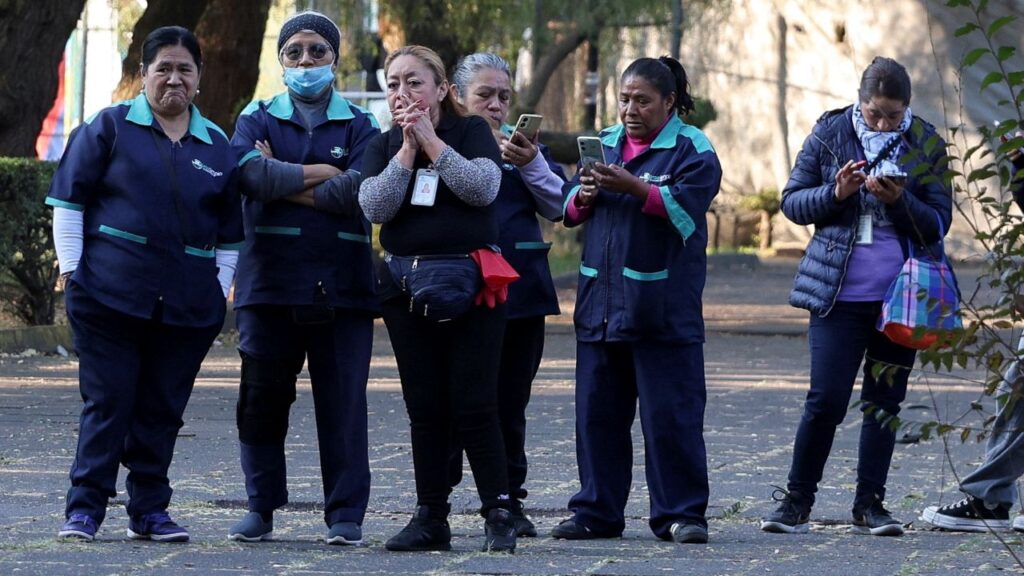Share
WASHINGTON — Under mounting pressure from his own party, President Donald Trump appears to be grudgingly leaning toward accepting an agreement that would head off a threatened second government shutdown but provide just a fraction of the money he’s been demanding for his Mexican border wall.
“I can’t say I’m happy. I can’t say I’m thrilled,” Trump said of the proposed deal. “But the wall is getting built, regardless. It doesn’t matter because we’re doing other things beyond what we’re talking about here.”
Trump sounded more conciliatory in a Tuesday night tweet, thanking “all Republicans for the work you have done in dealing with the Radical Left on Border Security.”
Accepting the deal, worked out by congressional negotiators from both parties, would be a disappointment for a president who has repeatedly insisted he needs $5.7 billion for a barrier along the U.S.-Mexico border, saying the project is paramount for national security. Trump turned down a similar deal in December, forcing the 35-day partial shutdown that left hundreds of thousands of federal workers without paychecks and Republicans reeling. There is little appetite in Washington for a repeat.
Lawmakers tentatively agreed to a deal that would provide nearly $1.4 billion for border barriers and keep the government funded for the rest of the fiscal year, which ends on Sept. 30. Filling in the details has taken some time, as is typical, and aides reported Wednesday that the measure had hit some snags, though they doubted they would prove fatal.
Trump Concerned Plan Is Being Spun as a Defeat
White House press secretary Sarah Sanders said that the bill-writers were “still tinkering” with the legislation’s language and that the president was awaiting a final version.
“We want to see the final piece of legislation, and we’ll make a determination at that point,” she said Wednesday.
Still, she said that, while “the president isn’t fully happy” with everything in the bill, “there are some positive pieces of it.”
Trump has made clear in phone calls since the deal was announced that he had wanted more money for the wall. And he has expressed concern the plan is being spun as a defeat for him in the media, according to a Republican familiar with the president’s interactions but not authorized to speak publicly about private conversations. Still, many expected him to sign on nonetheless.
The agreement would allow 55 miles of new fencing — constructed using existing designs such as metal slats— but far less than the 215 miles the White House demanded in December. The fencing would be built in Texas’ Rio Grande Valley.
Full details were not expected to be released until later Wednesday as lawmakers worked to translate their verbal agreement into legislation. But Republican leaders urged Trump to sign on.
“I hope he signs the bill,” said Senate Majority Leader Mitch McConnell, who joined other GOP leaders in selling it as a necessary compromise that represented a major concession from Democrats.
Lawmakers need to pass some kind of funding bill to avoid another shutdown at midnight Friday and have worked to avoid turning to another short-term bill that would only prolong the border debate.
Plenty to Anger Lawmakers on Right and Left
Speaking at a Cabinet meeting Tuesday, Trump he didn’t think another shutdown was going to happen, but he also made clear that, if he does sign the deal, he is strongly considering supplementing it by moving money from what he described as less important areas of government.
The White House has long been laying the groundwork for Trump to use executive action to bypass Congress and divert money into wall construction. He could declare a national emergency or invoke other executive authority to tap funds including money set aside for military construction, disaster relief and counterdrug efforts.
Previewing that strategy last week, acting White House Chief of Staff Mick Mulvaney said, “We’ll take as much money as you can give us, and then we will go off and find the money someplace else — legally — in order to secure that southern barrier.” He said more than $5.7 billion in available funds had been identified.
McConnell, who had previously said he was troubled by the concept of declaring a national emergency, said Tuesday that Trump “ought to feel free to use whatever tools he can legally use to enhance his effort to secure the border.”
The framework now under consideration contains plenty to anger lawmakers on both the right and left — more border fencing than many Democrats would like and too little for conservative Republicans — but its authors praised it as a genuine compromise that would keep the government open and allow everyone to move on.
Trump was briefed on the plan Tuesday by Appropriations Committee Chairman Richard Shelby, R-Ala., and sounded more optimistic after their discussion.
Proposal Met With Fury by Some on the Right
“Looking over all aspects knowing that this will be hooked up with lots of money from other sources,” he tweeted, adding, “Regardless of Wall money, it is being built as we speak!”
A Shelby aide, who was not authorized to describe the conversation by name and who spoke on the condition of anonymity, said the senator described the wall money in the agreement to Trump as a down payment. Shelby did not ask whether Trump would sign the measure, but Trump told him he would study it.
Senate Democratic leader Chuck Schumer urged Trump to accept the package to avert another shutdown, calling the tentative accord “welcome news.”
But the proposal was met with fury by some on the right, including Fox News Channel’s Sean Hannity, a close friend of the president, who slammed it as a “garbage compromise.” And Jenny Beth Martin, co-founder of the Tea Party Patriots, released a scathing statement saying she and others had been “hoodwinked.”
Conservative Rep. Mark Meadows, R-N.C., a Trump ally, said that if Trump does agrees to the deal he could be spared a “conservative uproar because everyone expects executive action to follow.”
“Two things are clear: We will not have a shutdown of the government, and executive action to reprogram additional border security dollars is required,” Meadows said.
RELATED TOPICS:
Categories

Wall Street Ends Mixed at the Top of the New Year


















